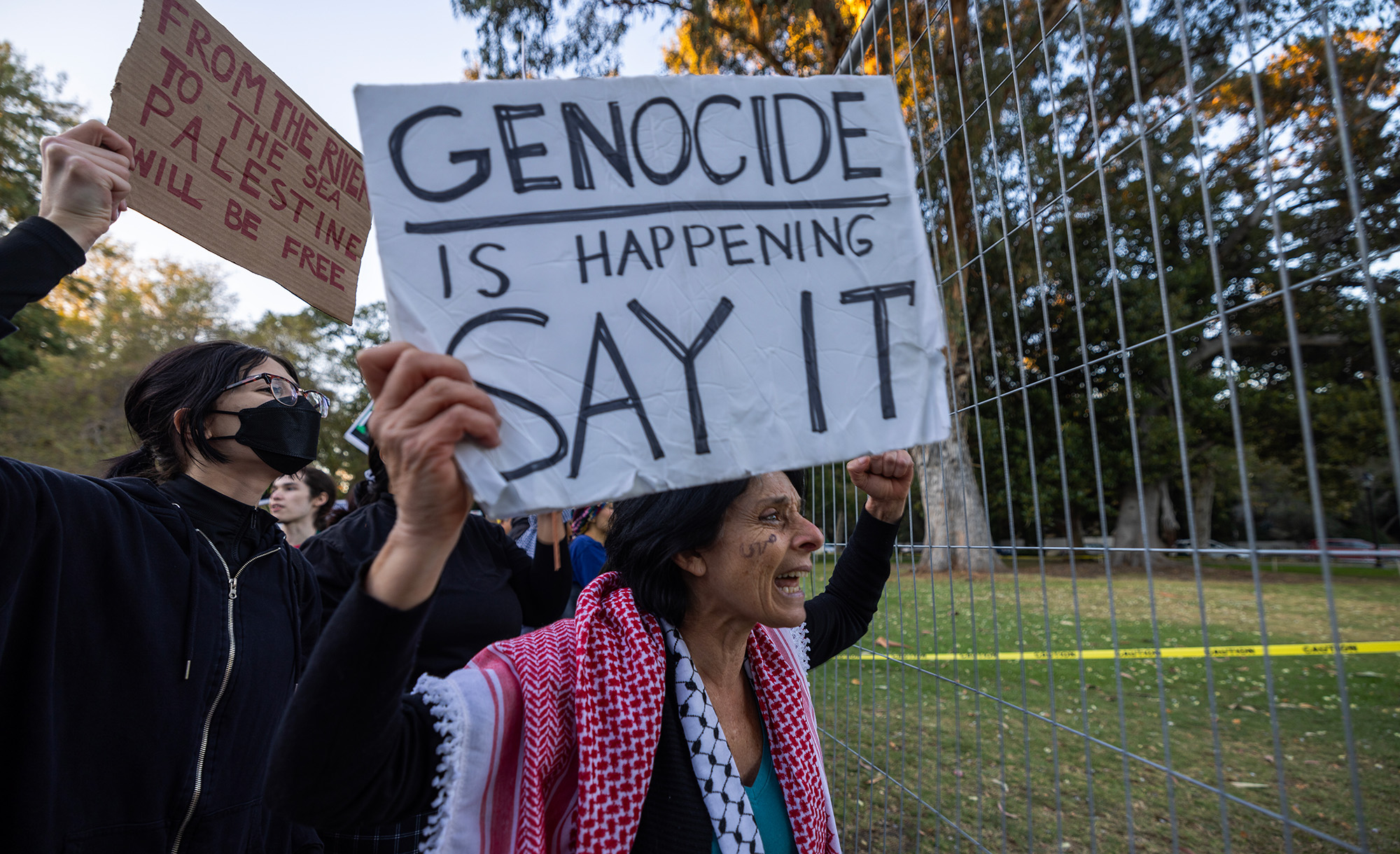In 1936, five leaders of Syria’s Alawite religious minority—including Suleiman al-Assad, the grandfather of the country’s current ruler—sent a petition to French politicians asking that the territory in which they and their co-religionists lived not be included in a future Syrian state. Such an outcome, they feared, would lead to the endless persecution of Alawites at the hands of the Sunni Muslim majority. Instead, Syria was unified and the Alawite minority came to constitute the political elite. The consequences, writes Robert Nicholson, were disastrous:
A direct line can be drawn from Alawites’ concerns in 1936 to the violence that grips Syria today. For decades the Alawites repressed one Islamist insurgency after another, working hard to maintain their grip on power and preempt what they believed to be certain destruction. In 2011, against the tidal wave of the Arab Spring, their dam finally broke. Syria’s embittered and repressed Sunni population rose up against the regime, and the regime, understanding that the fight was to the death, responded with brutal force. The result has been vicious and expanding . . . violence that continues until today. . . .
Similar cautionary and petitionary statements [like Suleiman al-Assad’s] were penned around the same time by the Jews of Palestine, the Maronites of Lebanon, and the Assyrian [Christians] and Yazidis of Iraq. These minorities all saw something Western powers did not: Muslims of the Middle East wanted a kind of society that would endanger their freedom and security. Forcing them to live together would only end in bloodshed. . . .
The choices in Syria are only two: (1) keep Syria unified, depose Assad, and let the people draft a new constitution and elect a new government; or (2) move Syria toward federalism or full partition, keep Assad in place as the head of an Alawite province or state along the coast, and empower the other demographic regions of Syria to become self-governing provinces or states of their own.
Choice number one leads to an Islamist state with a sizable non-Muslim minority, and number two leads to a collection of provinces or states, each governing its own affairs and securing its own borders. Only the latter allows the Sunni Arab majority to establish their hoped-for Islamist society and allows Alawites, Kurds, and Christians to establish the kinds of societies that they have been longing for, too. . . . The United States has a crucial role to play in pushing the notion of separation in the post-conflict planning for Syria.
More about: Arab Spring, Bashar al-Assad, Middle East Christianity, Politics & Current Affairs, Sunnis, Syrian civil war


